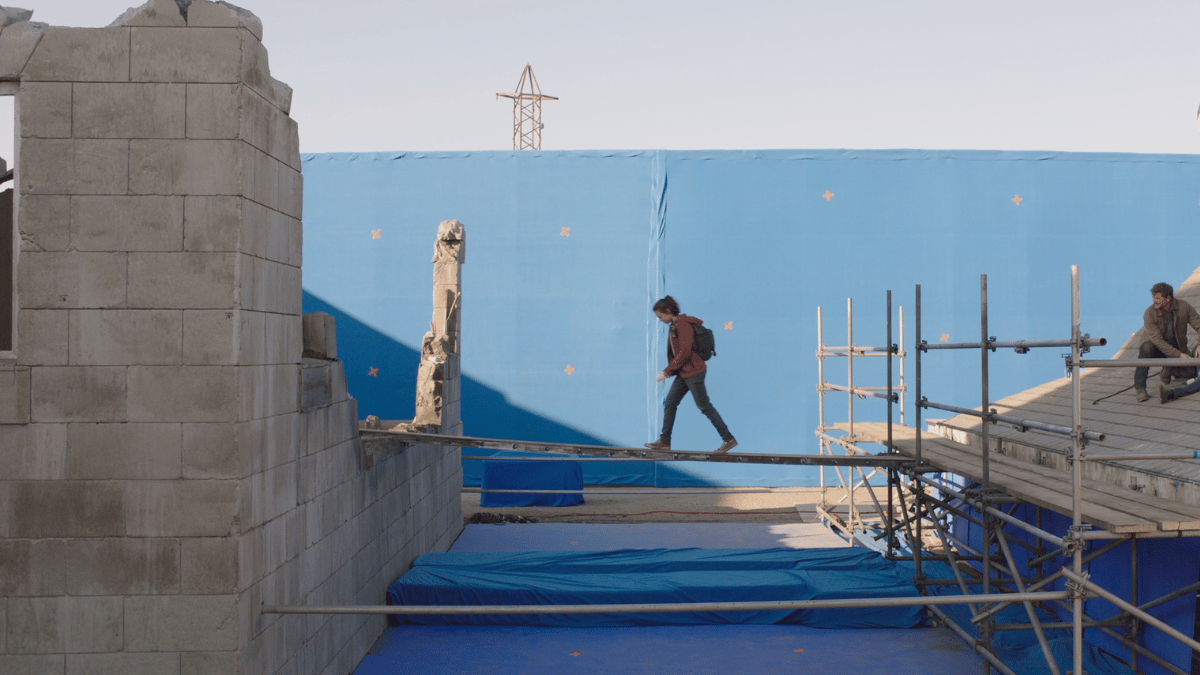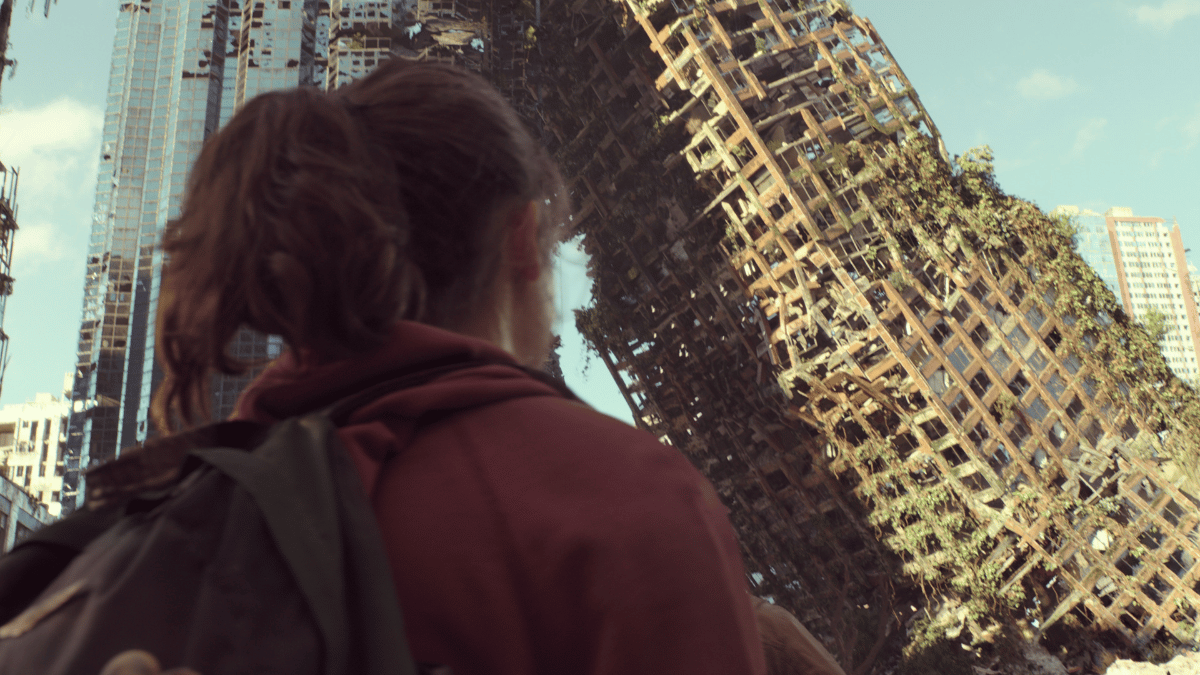As beautiful as the world of HBO’s The Last of Us is, it’s also a painstakingly realistic take on how the world would hypothetically look if society collapsed and the vast majority of humanity ceased to exist.
This look is something that showrunners Craig Mazin and Neil Druckmann were extremely meticulous about when overseeing the design of the show’s visual effects, as revealed in a recent conversation we had with one of the VFX studios behind the The Last of Us, DNEG – who were responsible for realizing the show’s post-apocalyptic cityscapes.
We Got This Covered was given the chance to speak with DNEG’s respective VFX and DFX supervisors overseeing the studio’s work on the hit HBO series, Stephen James and Nick Marshall. The pair spoke to us about their working relationship with HBO. They go into detail about their back and forth with HBO’s decisionmakers, including showrunner Craig Mazin, with whom DNEG had previously worked with on Chernobyl, and the show’s production visual effects supervisor, Alex Wang:
SJ: “Craig would occasionally pop on, come into calls and give us feedback. It was nice through the whole process, we really got to kind of understand what Craig and Alex were really looking for, and what was important to them throughout the whole show. A lot of the time with visual effects, we’re staring at this stuff again, and again, and again.
So we almost get to the point, we’re trying to make shots too perfect. You know, the skies are always too perfect, the light is too perfect, and they were very good about reining us in a bit and setting us with the imperfection of reality, and through the rest of the show. So all the non visual effects shots throughout the show were given to us and used as inspiration, to get artwork to fit in nicely.
I think the key thing is really just understanding what’s important to them and their philosophy, what they’re going for. All the work is really grounded from the character’s point of view. Oftentimes, the environments are meant to be kind of an extension of the emotions the characters and audience are going through, so it could be you need to have moments of awe or astraphobia or you know, haunting moments. It just comes down to them really communicating really well about what they need.”

NM: “The usual six degrees of separation between people is reduced to like, one degree, because there was so much familiarity between various people at all levels. Stephen and I have known each other for years and worked together several times. We both worked with Alex Wang. Obviously, Craig had familiarity with DNEG through the work on Chernobyl, mostly through our friends and colleagues in our London facility. Everybody kind of has some familiarity with everybody going into this, which I think just really helped, you know? Communication stayed very open and honest, throughout – and that makes a production go so much easier.”
Stephen James and Nick Marshall also took us through a deep dive into the workflow and surgical precision that went into creating the derelict cities featured in The Last of Us, which you can read here. You can check out DNEG’s portfolio of work on the hit series on the company’s website.

